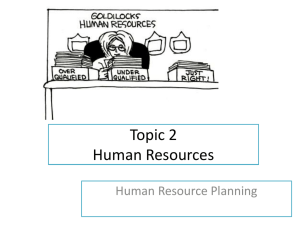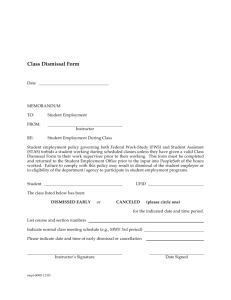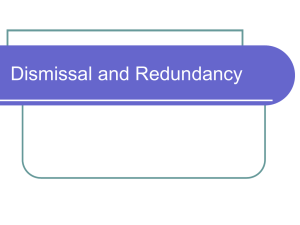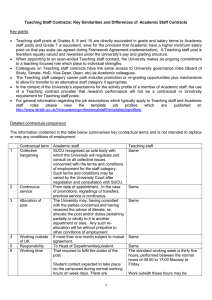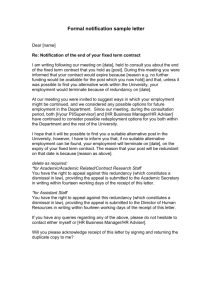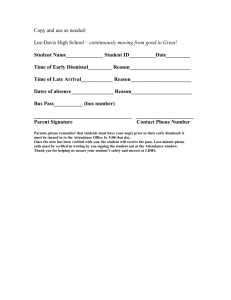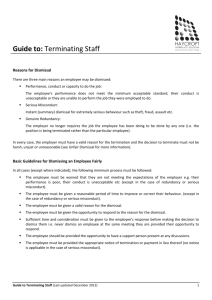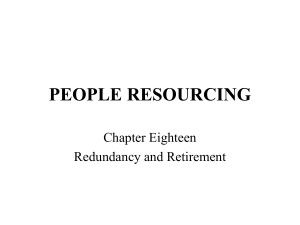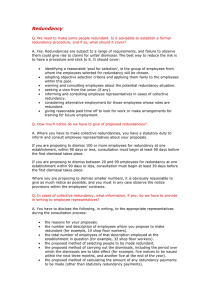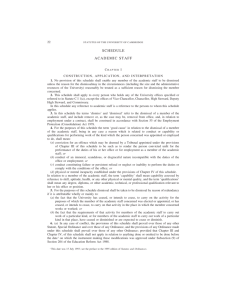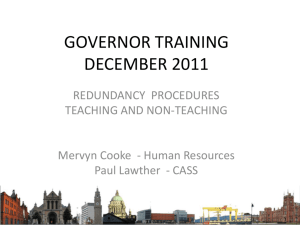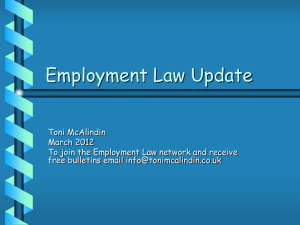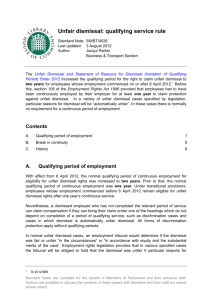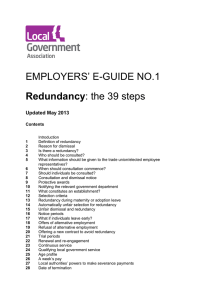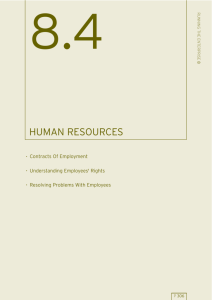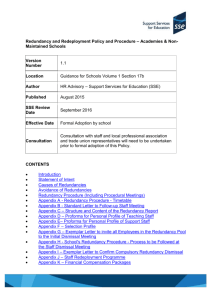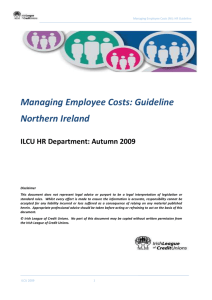Chapter 10: Worksheet mark scheme (37 marks, HL 37 + 6)
advertisement
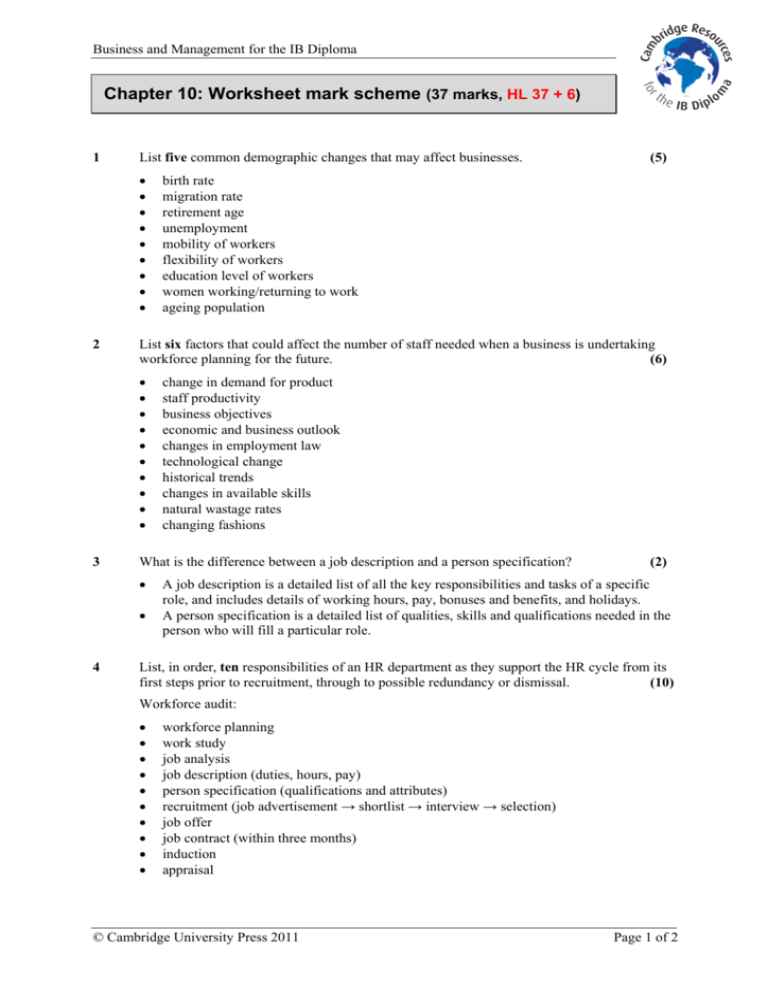
Business and Management for the IB Diploma Chapter 10: Worksheet mark scheme (37 marks, HL 37 + 6) 1 List five common demographic changes that may affect businesses. • • • • • • • • • 2 change in demand for product staff productivity business objectives economic and business outlook changes in employment law technological change historical trends changes in available skills natural wastage rates changing fashions What is the difference between a job description and a person specification? • • 4 birth rate migration rate retirement age unemployment mobility of workers flexibility of workers education level of workers women working/returning to work ageing population List six factors that could affect the number of staff needed when a business is undertaking workforce planning for the future. (6) • • • • • • • • • • 3 (5) (2) A job description is a detailed list of all the key responsibilities and tasks of a specific role, and includes details of working hours, pay, bonuses and benefits, and holidays. A person specification is a detailed list of qualities, skills and qualifications needed in the person who will fill a particular role. List, in order, ten responsibilities of an HR department as they support the HR cycle from its first steps prior to recruitment, through to possible redundancy or dismissal. (10) Workforce audit: • • • • • • • • • • workforce planning work study job analysis job description (duties, hours, pay) person specification (qualifications and attributes) recruitment (job advertisement → shortlist → interview → selection) job offer job contract (within three months) induction appraisal © Cambridge University Press 2011 Page 1 of 2 Business and Management for the IB Diploma • • • • 5 training (internal/external, on the job, off the job) pay/performance analysis (financial/non-financial benefits) union relations/negotiations dismissal (for something illegal or three written warnings) or redundancy/layoff/retrenchment (job no longer exists) Define: a on-the-job training (2) Instruction at the place of work conducted by existing experienced staff. It is cheaper than external training courses, but senior staff may have to be withdrawn from other jobs to do it. Slower service as a result of this may annoy customers. b off-the-job training (2) A training course external to the workplace. It is often expensive and means that replacement staff have to be paid to cover for staff attending the training. It may not exactly meet job requirements but can allow important networking relationships to be formed. c induction training. (2) Introduces new recruits to staff, processes, rules, locations and health and safety issues. 6 What is the difference between redundancy and dismissal, and what legal restrictions affect each? (6) Redundancy: the job no longer exists, so the employee is no longer required. A new employee cannot be employed for the same job immediately afterwards. Dismissal: loss of job due to something the employee has done. This may legally require three written warnings so that the employee may correct whatever is wrong. Immediate dismissal is allowed for illegal activity, such as theft. 7 What is management by objectives (MBO)? (2) The worker, in conjunction with their manager, sets and agrees individual targets and is later assessed against these in the appraisal process. This may be used for pay review purposes. 8 (HL) What are the three main recent changes in employment patterns and what are the consequences of each for employers and employees? • • • 9 (3) Homeworking: no office needed, so cost is less. Employees lack social contact and lack control by managers. Teleworking: online or on the phone (far country working possible). Flexitime: fixed hours per month with flexibility over when the workers actually work their hours. (HL) Handy’s Shamrock organisation (2003) lists three basic employment categories in an ideal flexible business structure. What are they? (3) • • • one third core staff one third part-timers one third professional contractors © Cambridge University Press 2011 Page 2 of 2
